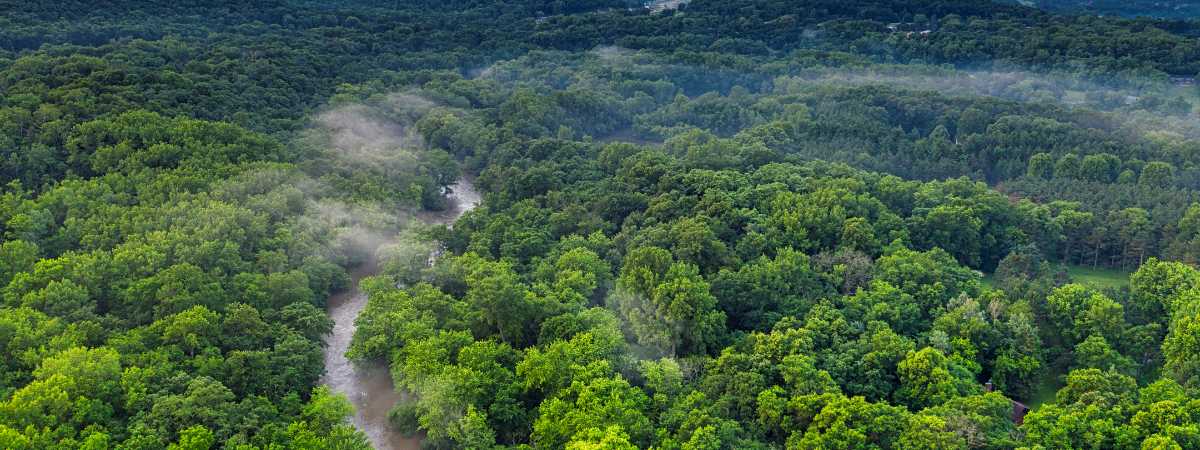New Amarambalam Wildlife Sanctuary
Hightlight
-
 Car parking
Car parking
-
 Non smoking
Non smoking
If you are looking for a place to explore the rich and diverse flora and fauna of the Western Ghats, you should visit the New Amarambalam Wildlife Sanctuary in the Malappuram district of Kerala. This wildlife sanctuary is the largest and newest in the state, covering an area of 266 square kilometers. It was declared a wildlife sanctuary in July 2020, after being proposed by the Ministry of Environment and Forests in 2006.
The New Amarambalam Wildlife Sanctuary is also known as Karimpuzha National Park, as it is part of the Karimpuzha Wildlife Sanctuary that was established in 2003. The wildlife sanctuary is located in the Malappuram and Palakkad districts of Kerala and extends to the Nilgiri district of Tamil Nadu. It is contiguous with the Silent Valley National Park to the south and the Mukkuruthi National Park to the north. It also forms a part of the Nilgiri Biosphere Reserve, which is the first International Biosphere Reserve in India and a UNESCO World Heritage Site.
Read More
At a Glance
| Topic | Information |
|---|---|
| Location | Malappuram and Palakkad districts of Kerala; extend to the Nilgiri district of Tamil Nadu |
| Size | 266 square kilometers |
| Biodiversity | Home to around 25 mammal species and around 212 bird species, including endemic and threatened species |
| Cultural Diversity | Inhabited by several tribal communities: Cholanaikar, Paniyar, Kurumar, Irular, Kattunaikar, and Muthuvan |
| Conservation Status | Declared a wildlife sanctuary in July 2020; part of the Karimpuzha Wildlife Sanctuary established in 2003; contiguous with the Silent Valley National Park to the south and the Mukkuruthi National Park to the north; forms part of the Nilgiri Biosphere Reserve |
| Visiting Information | Enter through the Karulai panchayat in Nilambur taluk of Malappuram district; accessible by road, train, or flight; best time to visit from October to March |
Biodiversity and Cultural Richness
New Amarambalam Wildlife Sanctuary stands out for encompassing all seven forest types discovered in Kerala, spanning from evergreen rainforests to montane wet grasslands. The altitude of the sanctuary varies from 40 meters to 2,554 meters, creating a high diversity of habitats and microclimates. The sanctuary is home to around 25 mammal species, including endemic and threatened species like the lion-tailed macaque, the Nilgiri tahr, the Nilgiri langur, and the Malabar giant squirrel.
It also hosts around 212 bird species, including 16 restricted range species, one critically endangered species (the white-rumped vulture), and two vulnerable species (the lesser adjutant and the Nilgiri wood pigeon). Some of the other notable birds found here are the Malabar parakeet, the Malabar grey-hornbill, the white-bellied treepie, the grey-headed bulbul, the rufous babbler, and the crimson-backed sunbird.
The New Amarambalam Wildlife Sanctuary is also rich in cultural diversity, as it is inhabited by several tribal communities like the Cholanaikar, Paniyar, Kurumar, Irular, Kattunaikar, and Muthuvan. These communities have been living in harmony with nature for centuries and have a wealth of traditional knowledge and practices. The wildlife sanctuary aims to promote ecotourism projects that will benefit these communities and create awareness among visitors about their culture and livelihoods.
Plan Your Visit
The New Amarambalam Wildlife Sanctuary is an ideal destination for those who appreciate the natural world and want to explore the beauty and diversity of the Western Ghats. Visitors can enjoy the sanctuary’s serene and peaceful atmosphere, and learn about its conservation efforts. To reach the sanctuary, one can enter through the Karulai panchayat in Nilambur taluk of Malappuram district, either by road from Nilambur town or Edakkara town or by taking a train to Nilambur railway station or a flight to Calicut airport and then hiring a taxi or bus to reach Karulai. The best time to visit the sanctuary is from October to March when the weather is pleasant and dry.
The New Amarambalam Wildlife Sanctuary is a place where you can witness nature at its best and learn more about its conservation and management. It is a place where you can enjoy the tranquility and serenity of nature and appreciate its wonders. It is a place where you can connect with yourself and with nature.





